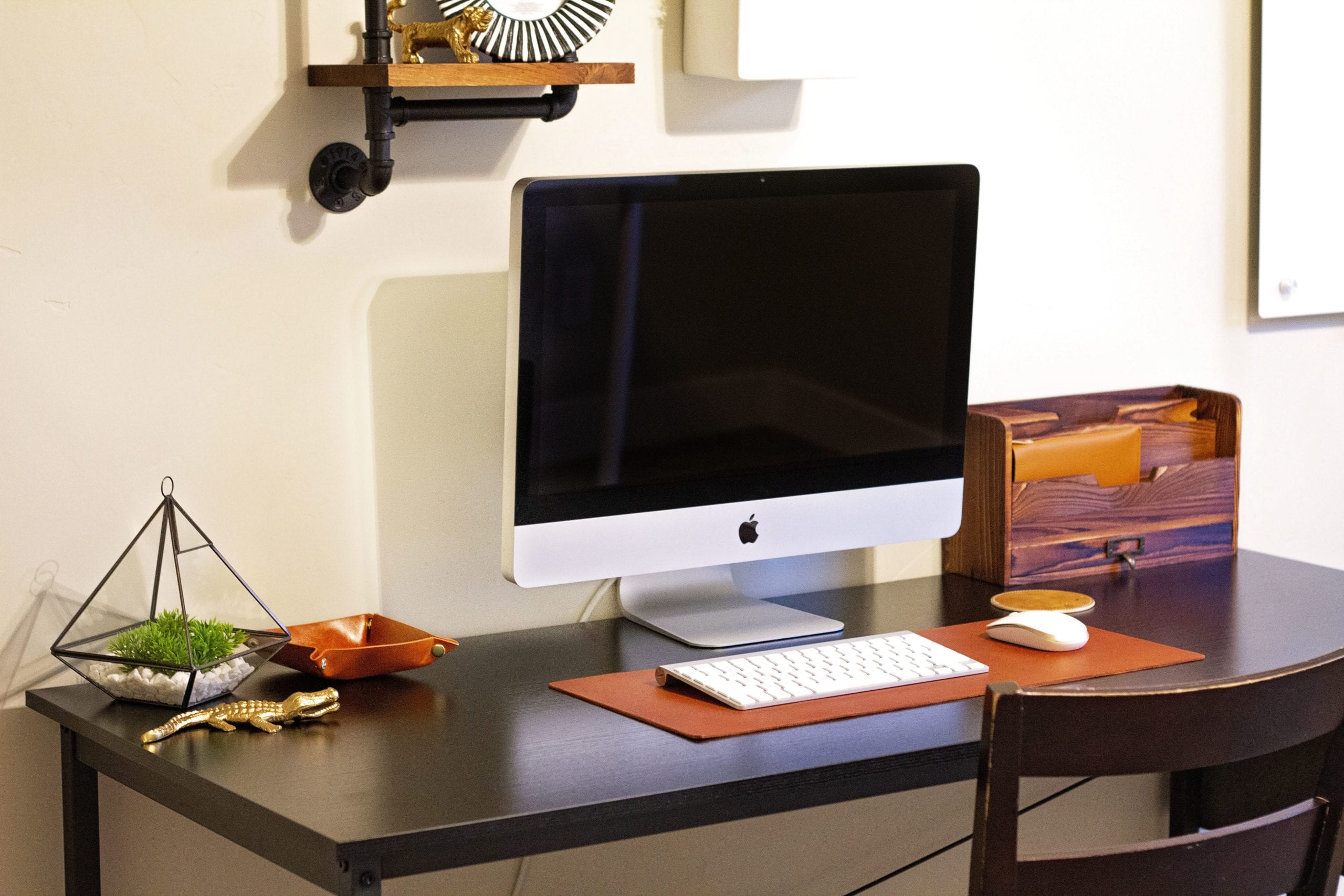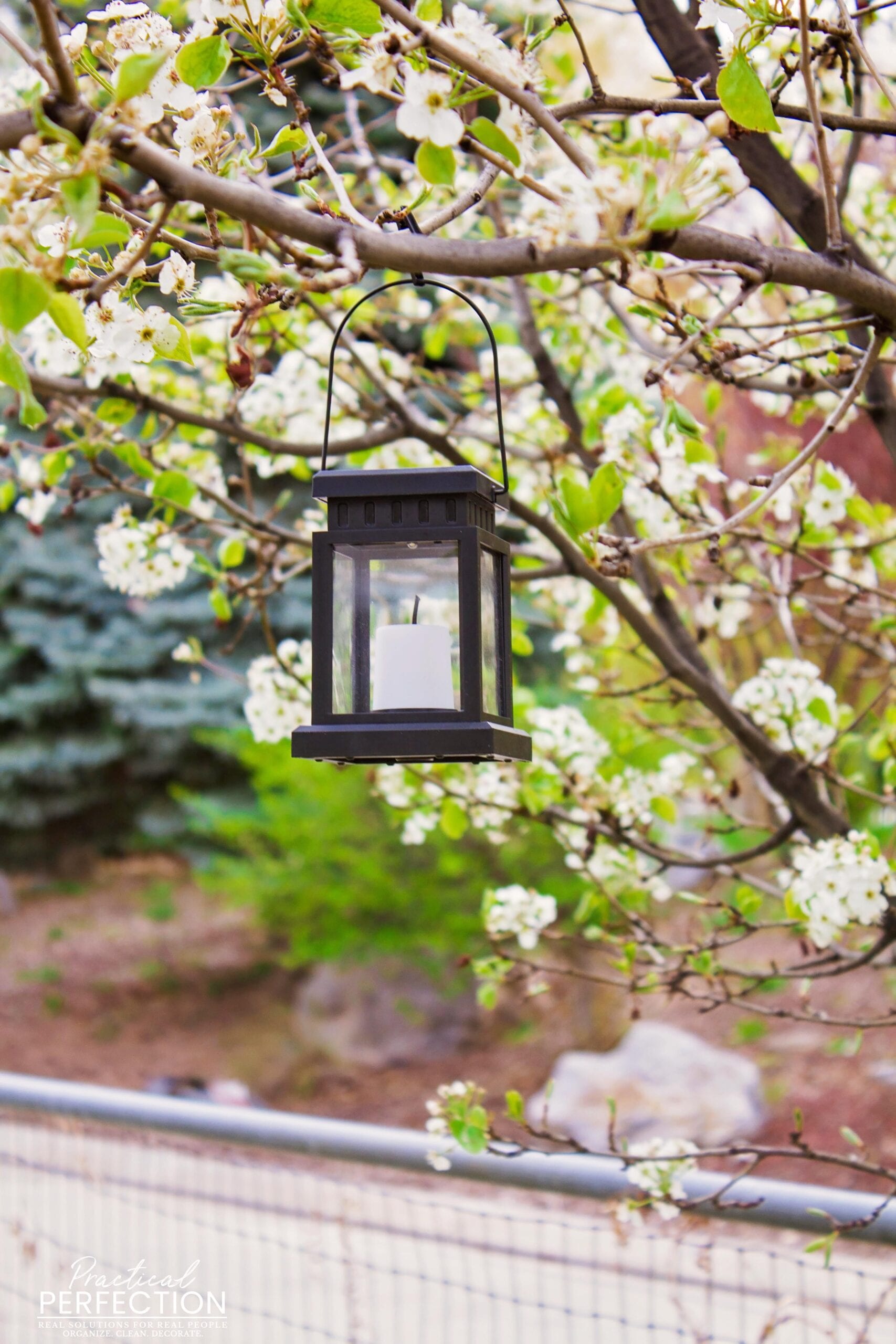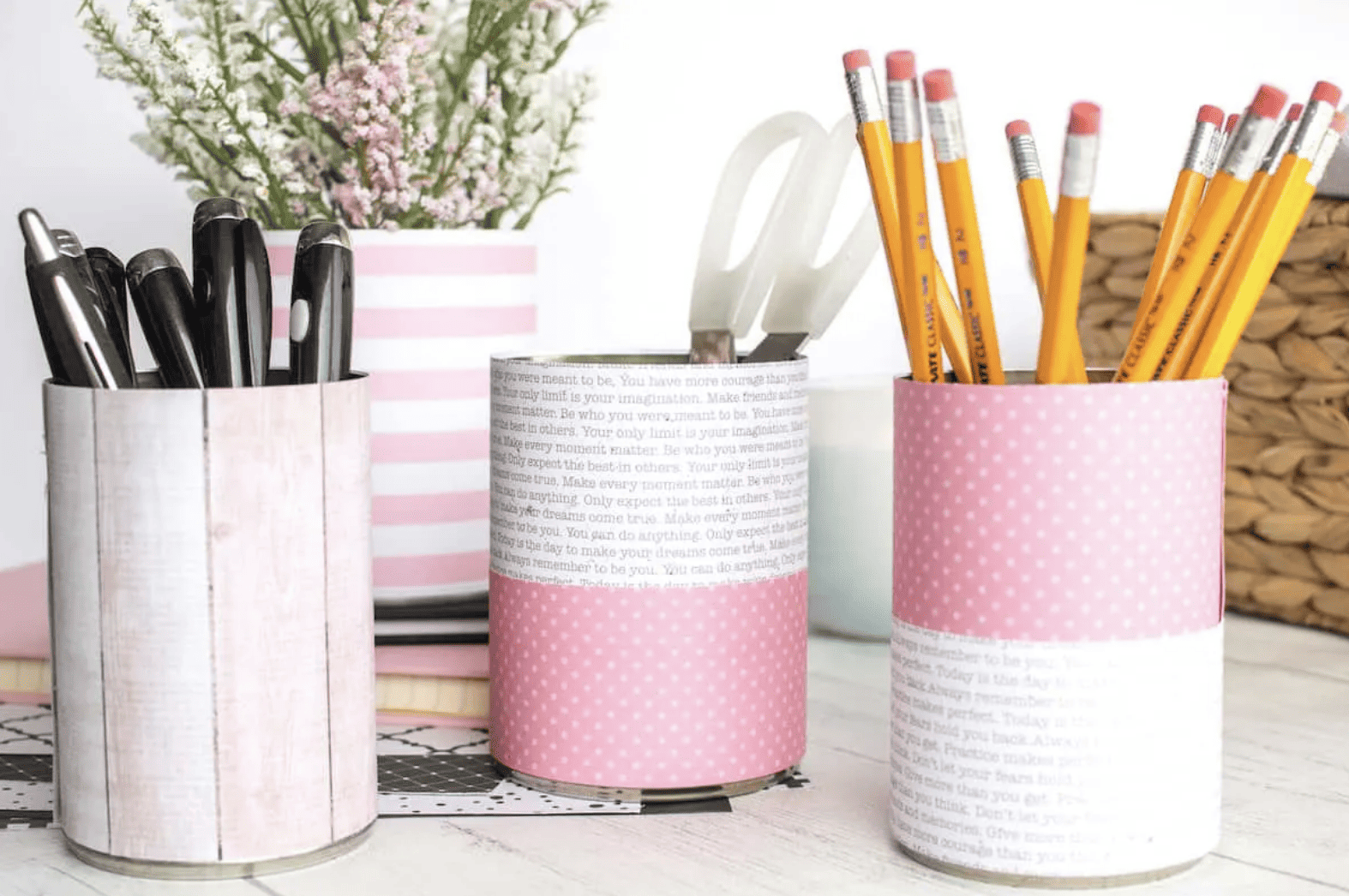Make Your Window Box Flourish With These Tips And Tricks
Looking for a way to enhance your home’s façade and improve its curb appeal? Look no further; window boxes might be the solution you’ve been looking for!
Window boxes can be a great element for your patio project or front-yard landscaping. Also, they make a great DIY opportunity, even for newbies, because these structures are easy to construct using a couple of materials you can purchase from your local hardware store.
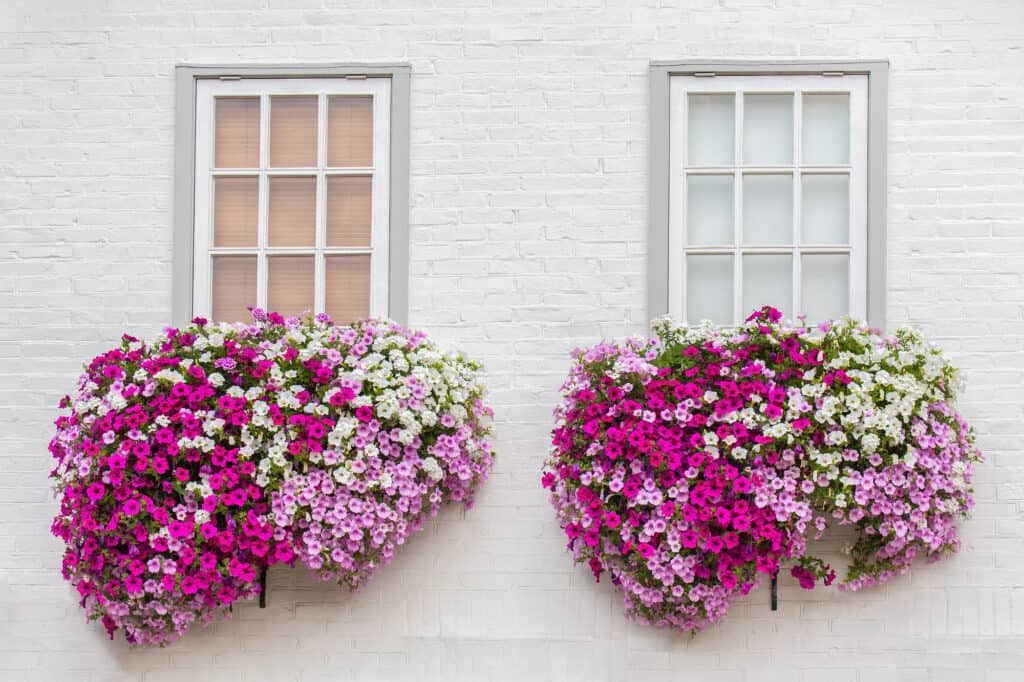
On top of that, making window boxes lets you customize your exterior and apply whatever style you prefer, be it colonial, contemporary, or modern. Don’t have a saw? Don’t worry! There are pre-cut materials across stores, helping you save time, money, and energy.
Once you’ve constructed and installed your dream window boxes, it’s time to figure out how to make them flourish. If you don’t know where to start, you’re on the right page. This post will teach you tips and tricks to make your window boxes look magnificent. Explore creative ways to use your garden arbor as a stunning focal point or a support structure for climbing plants, enhancing the charm and functionality of your outdoor space.
Are you ready? It’s time to get started!
Grow Sun-Loving Flowers
Sun-loving flowers are flowering plants that thrive in direct sunlight. They often have specific features, like thick or waxy leaves, strong stems, or deep root systems, that help them cope with intense heat and light.
Sun-loving flowers can make your window boxes flourish by bringing color, texture, and vitality. They can create a visually stunning and eye-catching display, add beauty and charm to your windows, and create an inviting atmosphere.
Here are some sun-loving flowers you may consider for your window boxes:
- Marigolds (Tagetes): These annual flowers come in various colors and add vibrant splashes of orange, yellow, and red to your garden.
- Petunias (Petunia): Available in various colors, petunias are popular bedding plants known for their profuse blooming and cascading growth habit.
- Sunflowers (Helianthus): Known for their tall, majestic stems and large, bright yellow flower heads, sunflowers are iconic sun-loving plants.
- Lavenders (Lavandula): These feature fragrant flowers and silvery-green foliage, attracting pollinators and adding a calming scent to your garden.
These are just a few examples of sun-loving plants, and more options are available depending on your climate, soil conditions, and personal preferences. When selecting, consider the specific requirements of each species and its suitability for your window boxes.
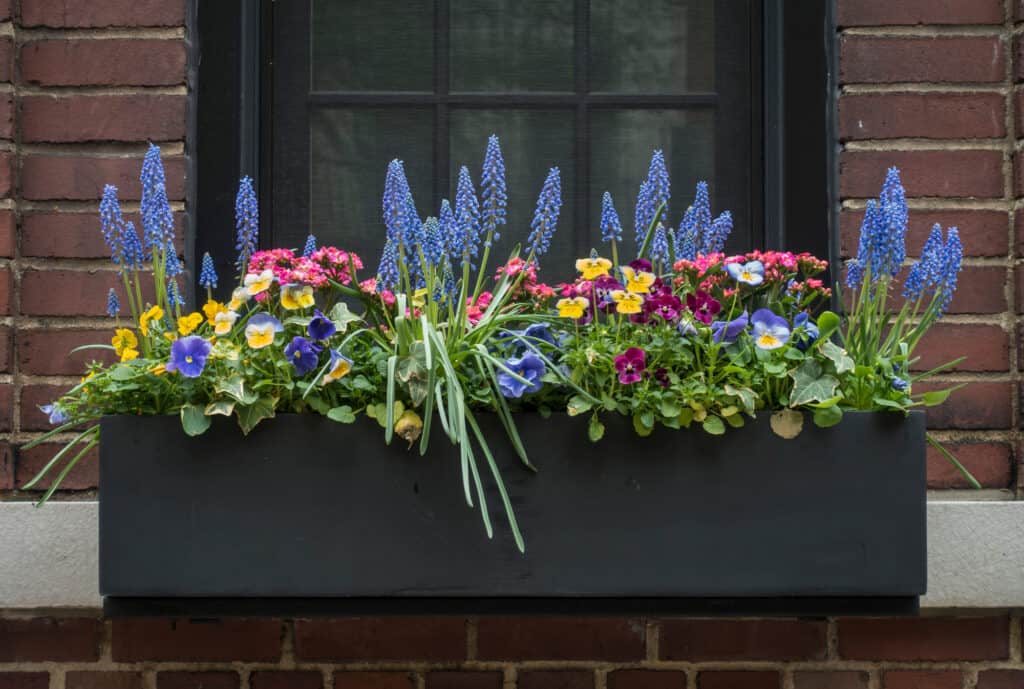
Choose The Right Location
The success of your window boxes depends on where you want to install them. Most window boxes thrive when exposed to at least six hours of sunlight daily.
The best location for window boxes largely depends on the specific needs of the plants you intend to grow. However, there are some general guidelines to consider:
- Sunlight: South or southeast-facing windows typically receive the most sunlight throughout the day. If your windows face north or northwest and receive limited sunlight, consider selecting shade-tolerant plants.
- Accessibility: Choose windows you can easily water and maintain. This way, you’ll be able to care for your window boxes without any problem.
- Structural Support: Ensure the mounting area can support the weight of your window boxes, especially when filled with soil and plants. Secure your window boxes to avoid any accidents or damage.
- Wind Exposure: Check the wind patterns around your home. Strong winds can dry out or damage delicate plants quickly. Choose more wind-resistant plants if your window boxes are exposed to strong winds.
It’s essential to assess your plants’ specific conditions and needs to ensure they receive adequate light, protection, and care.
Choose The Right Window Boxes
Selecting the appropriate containers is vital for the health and growth of your window box plants. Here are some factors to consider when selecting window boxes:
- Material: Window boxes are available in various materials, including wood, plastic, and fiberglass. Wood boxes offer a timeless look but require more maintenance. On the other hand, plastic and fiberglass boxes are lightweight and easy to clean.
- Size and Shape: Choose window boxes that fit the available space without obstructing the window or causing structural issues.
- Drainage: Look for window boxes with adequate drainage holes or the option to create them. Good drainage prevents waterlogging, which can lead to root rot.
- Mounting Options: Consider how you’ll mount the window boxes. Some window boxes have built-in brackets or hooks that allow for easy installation. Others may require separate brackets or hardware.
By considering these factors, you can choose window boxes that not only enhance the appearance of your home but also provide a suitable and functional environment for your plants to flourish.
Water Regularly
Window boxes tend to dry out quickly due to their limited soil volume. So, water them regularly to keep them strong and healthy.
Also, check your plant’s moisture level daily and water them as needed. This ensures that the soil remains evenly moist but not overly saturated.
Furthermore, consider using a self-watering system or adding a water-absorbing polymer to the potting mix to help retain moisture.
Proper Plant Spacing
Ensure proper plant spacing to prevent overcrowding and competition for resources. Follow the spacing guidelines provided on the plant tags or consult a gardening resource to ensure adequate airflow and room for growth.
Overcrowded plants are prone to diseases, poor growth, and reduced flowering. If necessary, thin out excess growth to promote proper spacing.
Fertilize Wisely
Regular fertilization promotes healthy growth and abundant blooms. Make sure you use a balanced, slow-release fertilizer or a water-soluble one according to the package instructions. Apply every few weeks during the growing season, adjusting the frequency and strength based on the specific plant’s needs.
Deadheading and Pruning
Deadheading, the removal of faded flowers, encourages the production of new blooms and keeps your window box fresh and vibrant. Additionally, regular pruning helps maintain the shape and size of the plants and prevents them from becoming leggy. Prune back any excessively long stems to promote bushier growth.
Final Words
Window boxes offer a wonderful opportunity to create stunning exterior displays and bring the joy of gardening to any home or apartment. Following these tips, you can ensure your window boxes flourish with healthy plants and vibrant blooms.
With proper attention and a little gardening love, your window boxes will become a captivating focal point that brings beauty and serenity to your living space.

